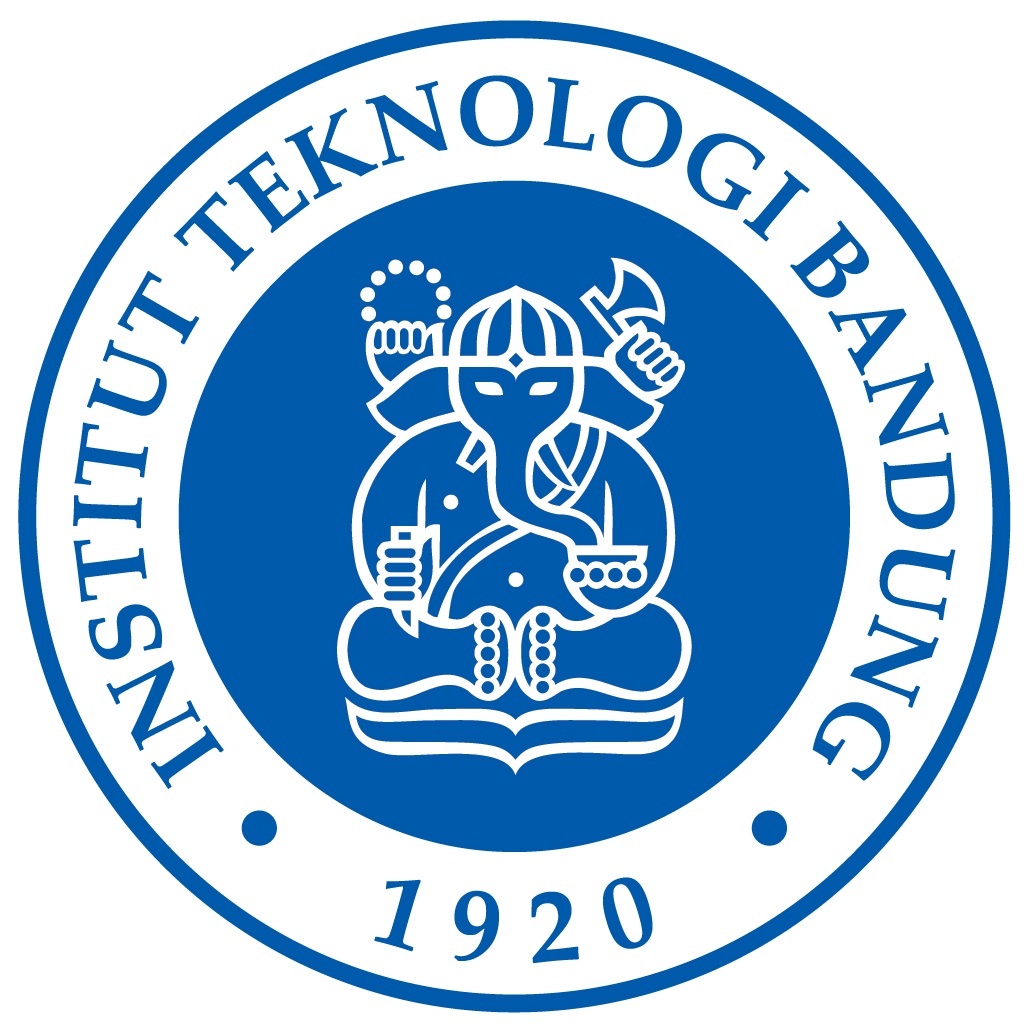

Deni Suwardhi
It cannot be denied that science and knowledge of people with disabilities and the elderly (DILANS) is not fully developed and is sporadic in various universities and various research institutions. Perhaps this situation is not surprising if in the end various policies and program development interventions are not fully able to answer effectively the various problems faced. Especially if comprehensive alignment is not visible in its development, including involvement in every decision-making process.
Data is one of them. It often comes up in discussions, but is not completely resolved for various reasons. Limited resources are one of them. However, the four existing data sources that are always used in policy making: SUSENAS/Supas (BPS), Integrated Social Welfare Data (DTKS, Ministry of Social Affairs), Extreme Poverty and Socio-Economic Registration (Regsosek, Bappenas) are not yet fully compliant. Washington Group on Disability Statistics recommended guidelines. As a result, the number of disabilities recorded is inaccurate and does not describe all types of disabilities.
A comprehensive effort to improve the data is one that DILANS Indonesia is currently developing by inviting various research institutions and universities. The Community Service Team from the FITB Geodesy and Geomatics Study Program is one of those who participated in the development of a geospatial-based participatory mapping model, including accessibility studies, audits and infrastructure verification. Activities were carried out in Sumur Bandung District, Bandung City, an area in ring-1 of Bandung City, which has been used as a community-based multi-stakeholder collaborative area, Sumur Bandung Inclusive District Platform (SBIDP) since 2023.
Demographically, this area inhabited by almost 39,680 people, 12,801 heads of families (KK) with a population composition of people with disabilities and the elderly estimated at around 39,680 people spread over an area of almost 3390 Ha and spread over 4 sub-districts, 37 RWs and 232 RTs. The number of elderly residents is 4666 people, 162 people with disabilities. Solid data will give birth to complete knowledge. Supported by comprehensive science, it is hoped that various breakthroughs will emerge in the development of assistive technology and other effective interventions.
Creating data models, including non-spatial and spatial data, individual-based population disability conditions as well as the infrastructure and city environment that supports them. Availability of an Android-based Participatory Mapping Application with participatory conceptions and principles. This application allows the public to be actively involved in collecting and utilizing data. Availability of Urban Geospatial Information System Web application for Spatial Analysis to fulfill the rights of people with disabilities and the elderly. Availability of the DILANS Portal. The DILANS Portal is a centralized database for quality quantitative and qualitative disability data. This portal is an open and accessible resource for all advocates of disability rights and inclusive sustainable development.
This activity makes an important contribution to efforts to increase urban accessibility. Collaboration between local government, society and academic institutions is needed to create a Bandung city that is inclusive and friendly for all groups. It is hoped that the results of this assessment can become a strong basis for the next strategic steps in making the Bandung Well more livable.